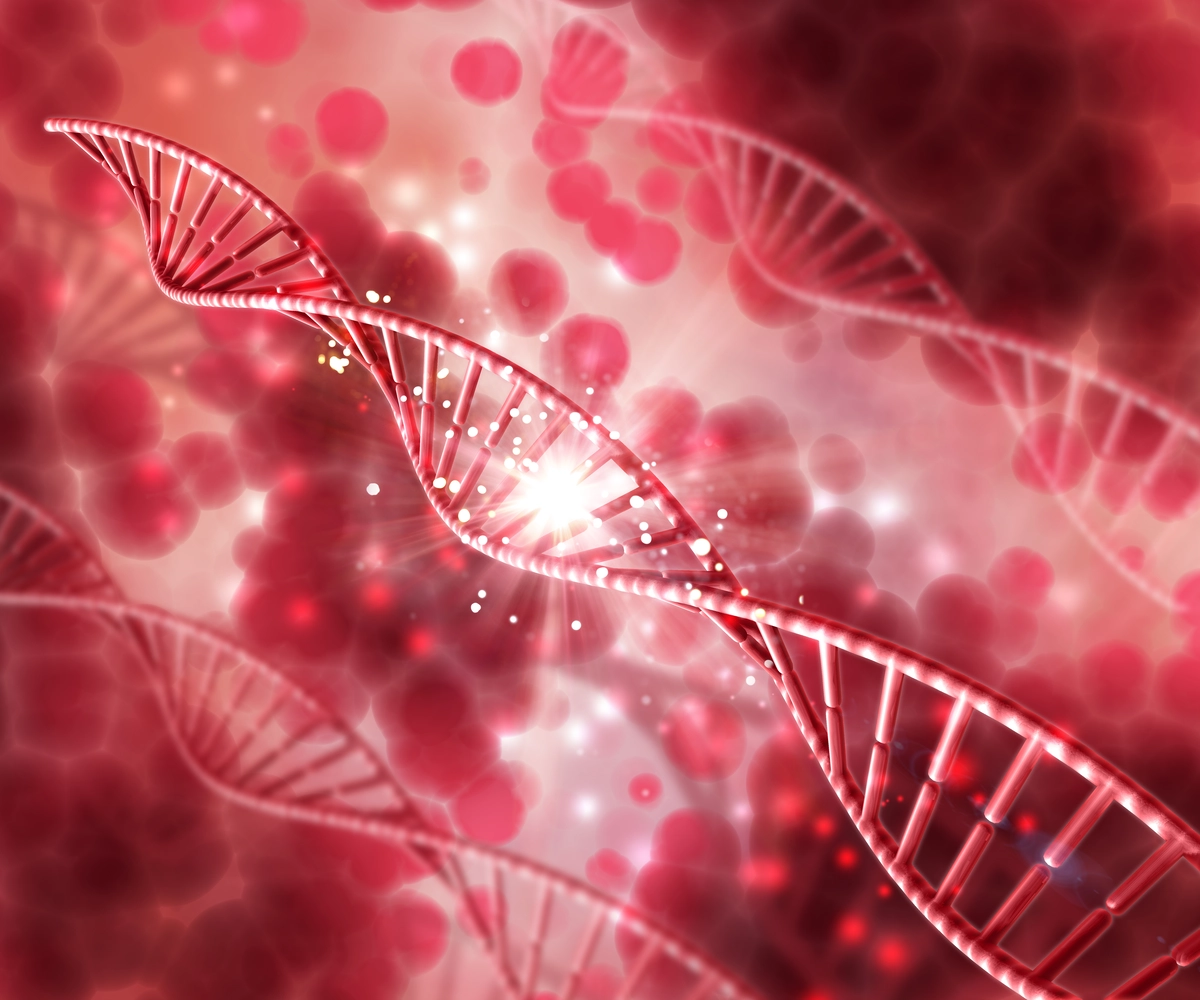Haemoglobin, the molecule responsible for giving blood its red color and transporting oxygen, has always been considered vital for our survival. However, a recent serendipitous discovery has unveiled a previously unknown role of haemoglobin in a surprising location. In a groundbreaking study published in Nature, scientists from China have reported that chondrocytes, the cells responsible for creating cartilage (the connective tissue between bones), also produce haemoglobin and rely on it for their survival.
Discovery of “Haemoglobin Bodies”
Feng Zhang, a pathologist at the Fourth Military Medical University in China, stumbled upon this discovery while studying bone development. He noticed peculiar spherical structures within chondrocytes that resembled red blood cells (RBCs) and contained haemoglobin. To investigate further, Dr. Zhang collaborated with Quiang Sun at the Beijing Institute of Biotechnology and used advanced microscopy techniques.
These structures, dubbed “haemoglobin bodies” or “Hedy,” were found to be distinct from RBCs, forming large blobs within chondrocytes without a membrane.
The Essential Role of Hedy
To determine whether Hedy had a functional purpose, researchers turned to genetically modified mice lacking the gene responsible for haemoglobin production. These mice produced very little haemoglobin and died as embryos. Upon close examination of the growth plate cartilage from these mice, it became evident that the majority of chondrocytes were dying. Removing the gene specifically responsible for haemoglobin production within cartilage tissue resulted in the same outcome: cell death among chondrocytes. This established the essential role of Hedy in sustaining chondrocytes.
Hedy’s Role in Oxygen Transport
In red blood cells, haemoglobin carries oxygen to various parts of the body, ensuring proper cellular function. The researchers conducted a series of experiments to ascertain whether haemoglobin played a similar role in chondrocytes. They observed that cartilage cells lacking haemoglobin exhibited signs of hypoxic stress, which occurs due to low-oxygen conditions.
Furthermore, when chondrocytes were exposed to a low-oxygen environment, those with haemoglobin released more oxygen, whereas those without haemoglobin began to die. This strongly suggested that haemoglobin in chondrocytes served as a storage facility for oxygen, supplying it to the cells when needed.
Haemoglobin’s Presence in Other Cartilage Regions
The scientists also discovered haemoglobin in cartilage regions outside the growth plate, such as the ribs or the spine of mice. While its role in these regions remains uncertain, it raises questions about whether haemoglobin plays a similar role in storing and releasing oxygen.
Interdisciplinary Insights
This remarkable discovery bridges the gap between haematology and skeletal biology, showcasing their interconnectedness. Gerard Karsenty, a professor studying skeletal biology, emphasized the significance of this research in highlighting the connections between these fields.
Potential Implications
This unexpected role of haemoglobin in cartilage opens up intriguing possibilities in various fields. Researchers are particularly interested in exploring its impact on stem cells in the growth plate, suggesting that haemoglobin might influence their fate.
Moreover, this discovery hints at potential implications for joint diseases, as chondrocyte defects are linked to various bone deformities. The presence of haemoglobin in chondrocytes may shed light on the mechanisms underlying these conditions, offering new avenues for research and treatment.
In conclusion, the serendipitous discovery of haemoglobin’s crucial role in cartilage challenges our understanding of this molecule and its broader implications in biology and medicine.







